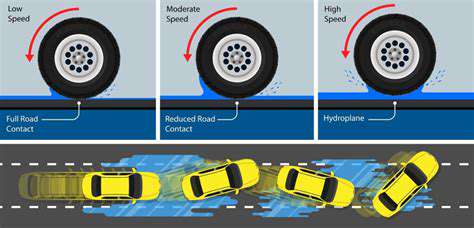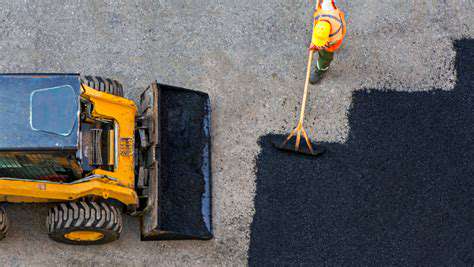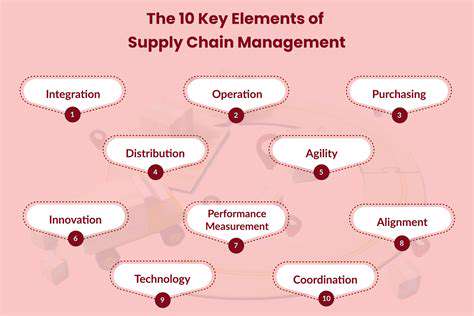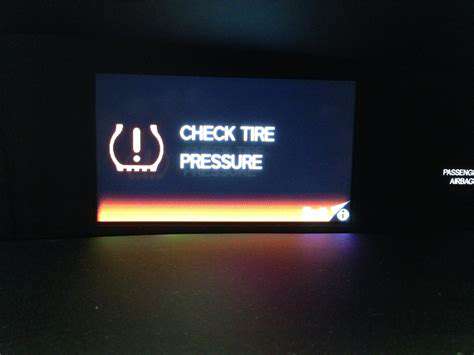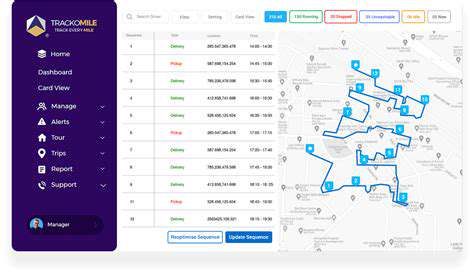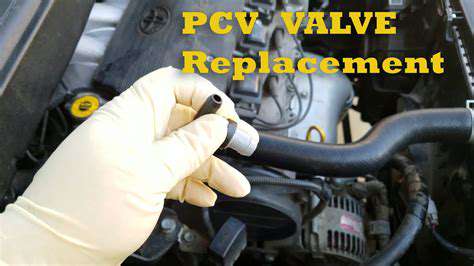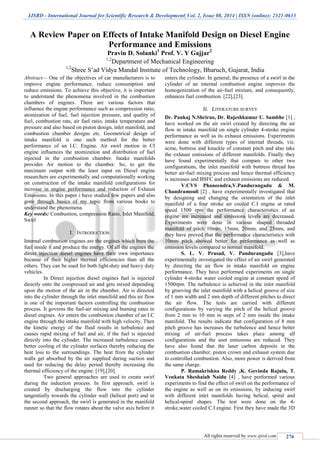Vehicle-to-infrastructure (V2I) communication is a pivotal aspect of V2X. It involves vehicles communicating with traffic signals, roadside units (RSUs), and other infrastructure elements. This communication allows for the exchange of critical information such as traffic conditions, road closures, and real-time traffic flow data. This information can then be used to optimize traffic flow and enhance safety by providing drivers with timely warnings and adaptive traffic management systems.
Accurate and timely data transmission is crucial for V2I communication to be effective. This requires robust and reliable communication channels and protocols. The use of advanced signal processing techniques can also improve the quality and efficiency of data exchange, ensuring that the information is accurate and interpreted correctly by both vehicles and infrastructure.
V2V Communication: Vehicle-to-Vehicle
Vehicle-to-vehicle (V2V) communication enables vehicles to communicate directly with each other, sharing vital information regarding their location, speed, and intentions. This direct communication can enhance safety by providing drivers with real-time warnings about potential collisions, allowing for proactive avoidance maneuvers. The ability for vehicles to communicate directly reduces reaction times and potentially prevents accidents by anticipating potential hazards.
Cellular V2X (C-V2X)
Cellular V2X (C-V2X) leverages existing cellular infrastructure to facilitate vehicle communication. This approach offers significant advantages, including wider coverage and lower latency compared to dedicated short-range communication (DSRC) systems. C-V2X's broader reach allows for communication in more diverse environments, including urban areas with dense traffic and areas outside of traditional highway systems.
The scalability and adaptability of cellular networks make them a robust platform for V2X communication. This is especially important for the future of transportation, where the number of connected vehicles is expected to increase significantly. C-V2X also offers the potential to integrate with existing telematics and other vehicle systems.
Standardized Protocols and Data Formats
Standardization is crucial for the interoperability of V2X systems. Standardized protocols and data formats ensure that different vehicles, infrastructure components, and communication systems can understand and exchange information seamlessly. This is essential for a unified V2X ecosystem. Without standardized protocols, the integration of various components would be significantly more complex and less efficient.
The development and implementation of these standards will facilitate the deployment and integration of V2X technologies across various regions and jurisdictions. This collaborative effort will streamline the implementation process and ensure that V2X systems operate consistently and reliably across different contexts.
Transforming Urban Mobility with V2X
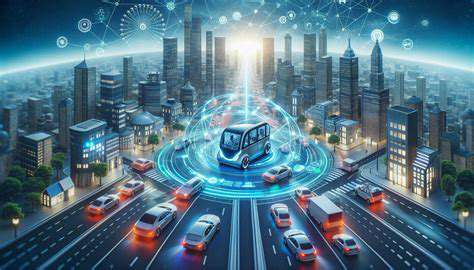
Revolutionizing Urban Transportation
Vertical transportation solutions, particularly those utilizing innovative technologies like autonomous vehicles and vertical take-off and landing (VTOL) aircraft, are poised to drastically reshape urban mobility landscapes. These advancements promise to alleviate congestion, reduce commute times, and enhance accessibility for all residents. By offering efficient and sustainable alternatives to traditional methods, vertical transportation systems can fundamentally change the way people navigate cities.
The potential for integrating these technologies into existing urban infrastructure is significant. This integration could involve the construction of dedicated vertical transportation corridors, the development of interconnected networks, and the creation of seamless transition points between different modes of transport. This would contribute to a much more comprehensive and interconnected urban transportation system.
Improving Accessibility and Equity
One of the most significant benefits of vertical transportation systems is the potential for improved accessibility and equity. By providing affordable and reliable transportation options, especially in underserved communities, these systems can break down geographical barriers and promote social inclusion. This could involve the development of affordable ride-sharing platforms integrated with vertical transportation networks, making it easier for lower-income residents to access jobs, education, and other essential services.
Furthermore, vertical transportation systems could offer enhanced mobility for individuals with disabilities. Features like ramps, elevators, and automated guidance systems can significantly improve accessibility for people with limited mobility, ensuring equal access to all parts of the city. This is an important step toward creating a truly inclusive and equitable urban environment.
Accessibility is not only about physical limitations, but also about economic disparities. Implementing affordable and equitable pricing models for vertical transportation services is crucial for ensuring that all residents can benefit from these advancements, regardless of their socioeconomic status.
The potential to connect previously isolated neighborhoods and communities through efficient and reliable vertical transportation networks is immense. This increased connectivity can foster greater social interaction and collaboration, ultimately enriching urban life for everyone.
Enhancing Sustainability and Efficiency
Vertical transportation systems have the potential to significantly reduce the environmental impact of urban commuting. By offering alternative modes of transport that reduce reliance on private vehicles, these systems can contribute to lower carbon emissions and improved air quality. This shift towards sustainable practices is crucial for mitigating the effects of climate change in urban areas.
Furthermore, vertical transportation systems can optimize resource allocation and space utilization within cities. By minimizing the need for extensive road networks and parking spaces, cities can reclaim valuable land for other purposes, such as parks, green spaces, and residential areas. This will allow cities to become more sustainable and livable.
The efficiency gains offered by vertical transportation systems can lead to significant reductions in commute times. This translates to increased productivity, reduced stress, and more time for personal pursuits. This enhanced efficiency will be a major driver in promoting a healthier and more productive urban lifestyle.
Device posture assessment is a crucial component of a robust zero-trust security strategy. It involves evaluating the configuration and security posture of each device connecting to your network, regardless of its location. This assessment goes beyond simply verifying the operating system and installed applications. It delves into crucial aspects like software updates, security patches, and the presence of potentially harmful or unauthorized software. A comprehensive device posture assessment is not a one-time event but an ongoing process that adapts to the ever-evolving threat landscape, ensuring that your endpoint devices remain aligned with your security policies.
